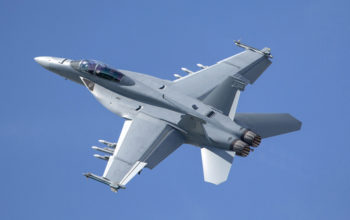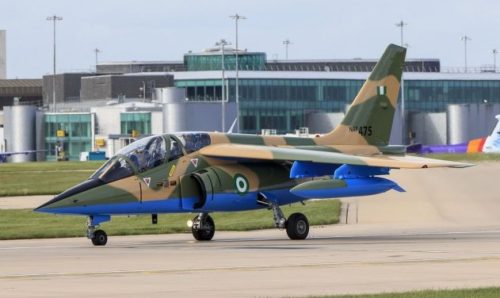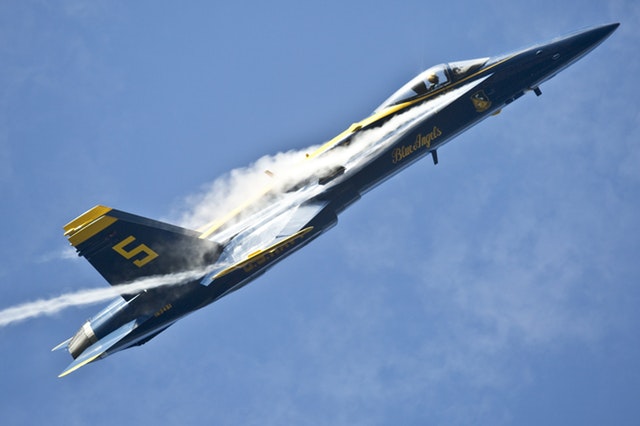Dornier Alpha Jet
The Dornier Alpha jet is a model that is celebrated across the world for its role in aviation history. Developed in the 1960s as a light-attack training jet by France and Germany, this plane has proven to be a vital asset to many air forces in Europe and beyond.
What started as the initial Alpha Jet E model, from the Dassault-Breguet prototype, has developed over the years with different tweaks to the design, cockpit, and capabilities.
Over three decades, this plane became an important part of European air defense and was exported across the continent, and into Africa. This success and popularity are down to the alpha jet’s strong specification.

The Main Structure, Engines and Landing Gear
The Dornier Alpha jet is celebrated by pilots and fans alike for its aerodynamic shape and this is created with a conventional tricycle undercarriage beneath the big engines and two-man cockpit.
The landing gear consists of three wheels near the back and one at the end of the nose, adding to the sharp, pointed shape that makes the craft so recognizable.
There are two SNECMA Turbomeca lar zac 04-C5 turbofan engines within the jet to ensure top speeds and a strong performance but, despite all this power and the two-man cockpit, this is still a pretty small plane.
The jet measures at 40ft 3in in length, with a height of 13ft 9in and a wingspan of 30ft.
The Two-Man Cockpit And Controls
That two man cockpit is a crucial part of the design of this fighter plane, but there are clearly completely different experiences for each pilot.
The man at the back in the co-pilot role has a largely obstructed view, whereas the man at the front enjoys the benefits of the Head-Up Display (HUD) display and computer controls.
This HUD is important because it means that pilots can keep their eyes on the skies and look straight ahead at all times.
The display uses a clear plate at eye level to provide clear data without breaking concentration. The controls are also praised by enthusiasts for the precision and response of the software – both in terms of navigation and weapons fire.
Maneuvers And Capabilities in Flight
These controls and the aerodynamic shape all play their part in ensuring that the Dornier alpha jet is able to maneuver through the air with ease and complete its mission effectively.
This is important both in its role as a fighter training jet and in the display. This maneuverability and efficiency in the air are also aided by the take-off distance of 400m, landing distance of 520m and the weight.
Empty, it weighs just 7,374 lb, while the maximum at taking off is 17,637 lb. During military and civilian maneuvers, the ferry range of 1800 miles and the service ceiling of 48,000 feet both come in handy, but for many civilians, it is all about the speed. This jet can reach up to 620mph.
The Capabilities in Warfare
Today, the Dornier Alpha jet no longer has many purposes as a military model and was taken out of service in Germany in 1997, but this aspect of its specification cannot be overlooked.
Despite its use as a training jet in France, it was designed as a twin seat subsonic fighter-bomber and saw active service. The shape and performance mean that it was ideal for supporting air offensive operations and there were a number of missiles that could be used onboard.
These include the AIM-9 sidewinder and Matra Magic II air-to-air missiles and the AGM-G5 Maverick air-to-ground missiles.
This specification means that it is easy to see why this plane was exported for so many years
The bare bones of this military training jet show that it was ideally formed for action, but there is so much more to the specification to heighten its potential.
Since its creation in the 1960s, this plane has been adapted and used multiple times in different countries and campaigns. This would not have happened without this reliability, both in regard to its ability to fight and its capabilities in the air.
The Dornier alpha jet was a strong, fast jet with great power and potential for missile launches. Today it remains strong and fast with the right pilot and the aerodynamics and controls are put to great use in civilian aviation and air shows.



